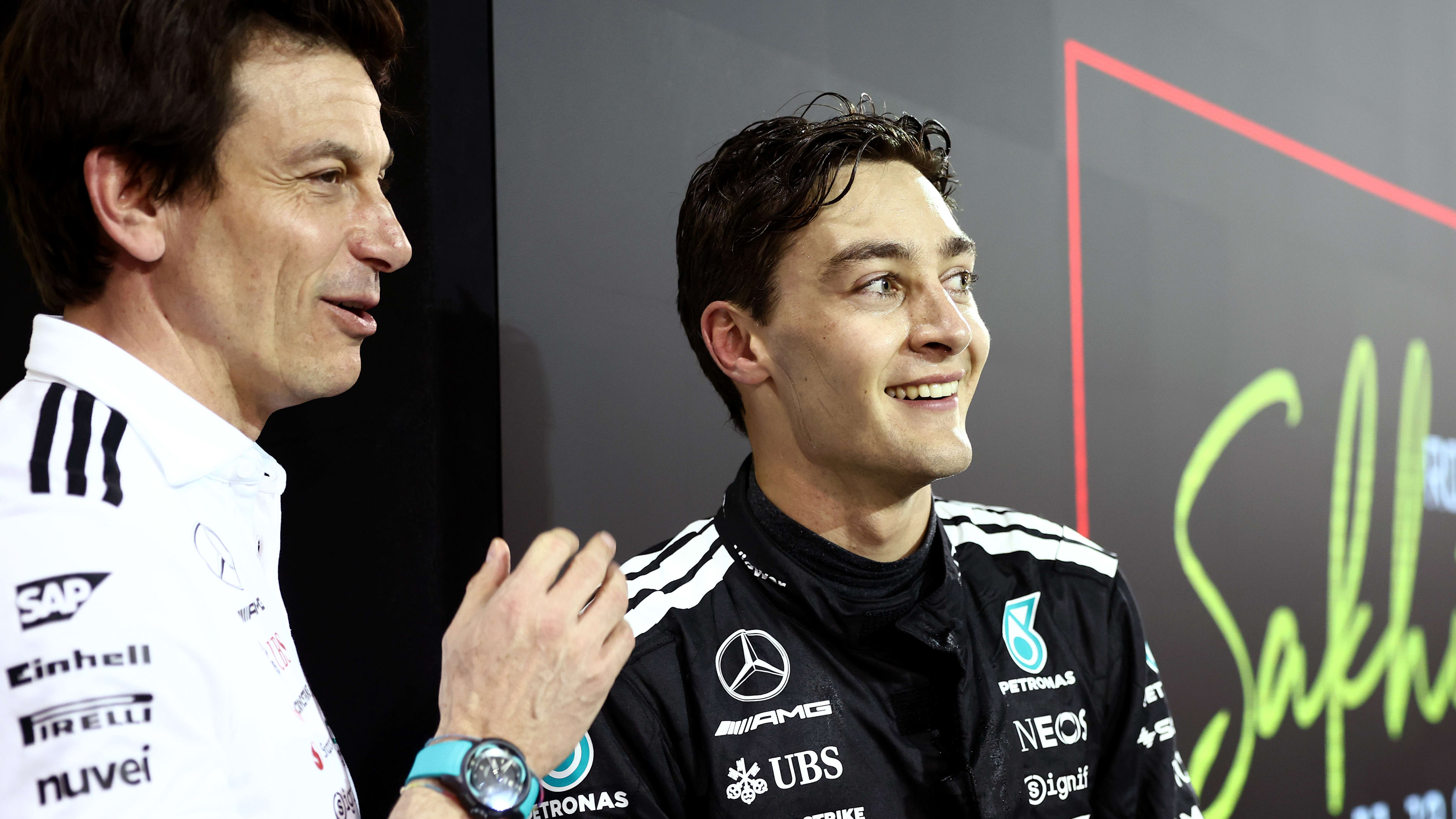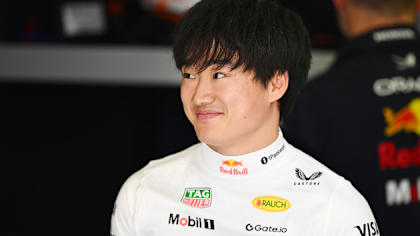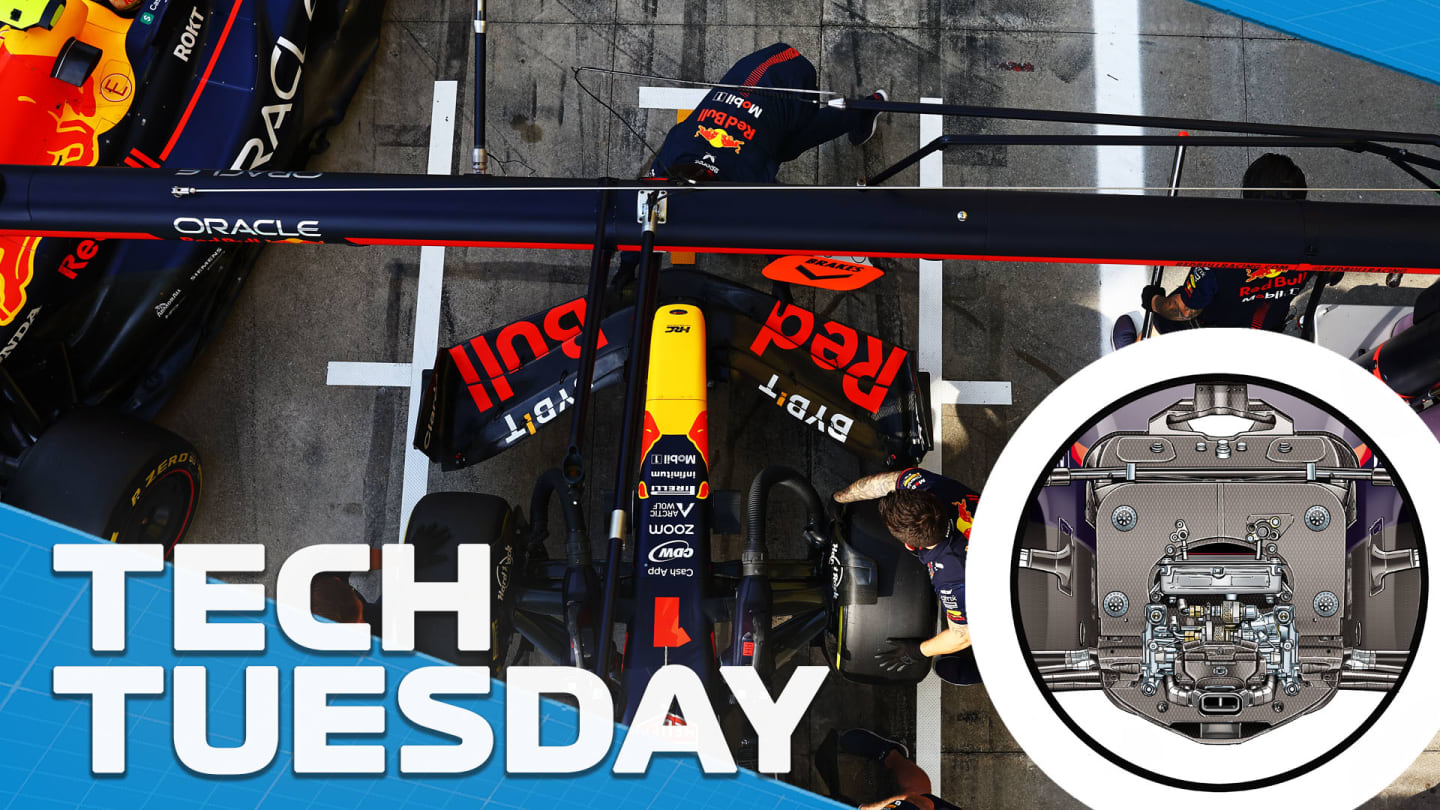
Technical
TECH TUESDAY: Is this the small design detail behind Red Bull’s massive advantage in 2023?

Share

The Red Bull RB19 has now equalled the record for consecutive Grand Prix victories held by the 2013 Red Bull RB9 and the 1952-53 Ferrari 500. A victory in Singapore would mean the RB19 having scored more consecutive wins than any other single model in the sport’s history.
The record-breaking run of 15 team victories set at Monza last week was initiated by last year’s RB18 model.
Last week, we looked at the packaging differences between the two cars which look so similar externally but which are completely different under the skin.
This time we can see from the two Giorgio Piola drawings below another crucial distinction, one which could well be right at the core of the RB19’s big performance upgrade over its predecessor and perhaps one which will be widely followed by rivals next year: the chassis is of a completely different section – no longer flat and square-edged but much more vee-shaped.
This profile carries back through the entire length of the chassis, creating space for more aggressively shaped underfloor tunnels to deliver greater downforce.
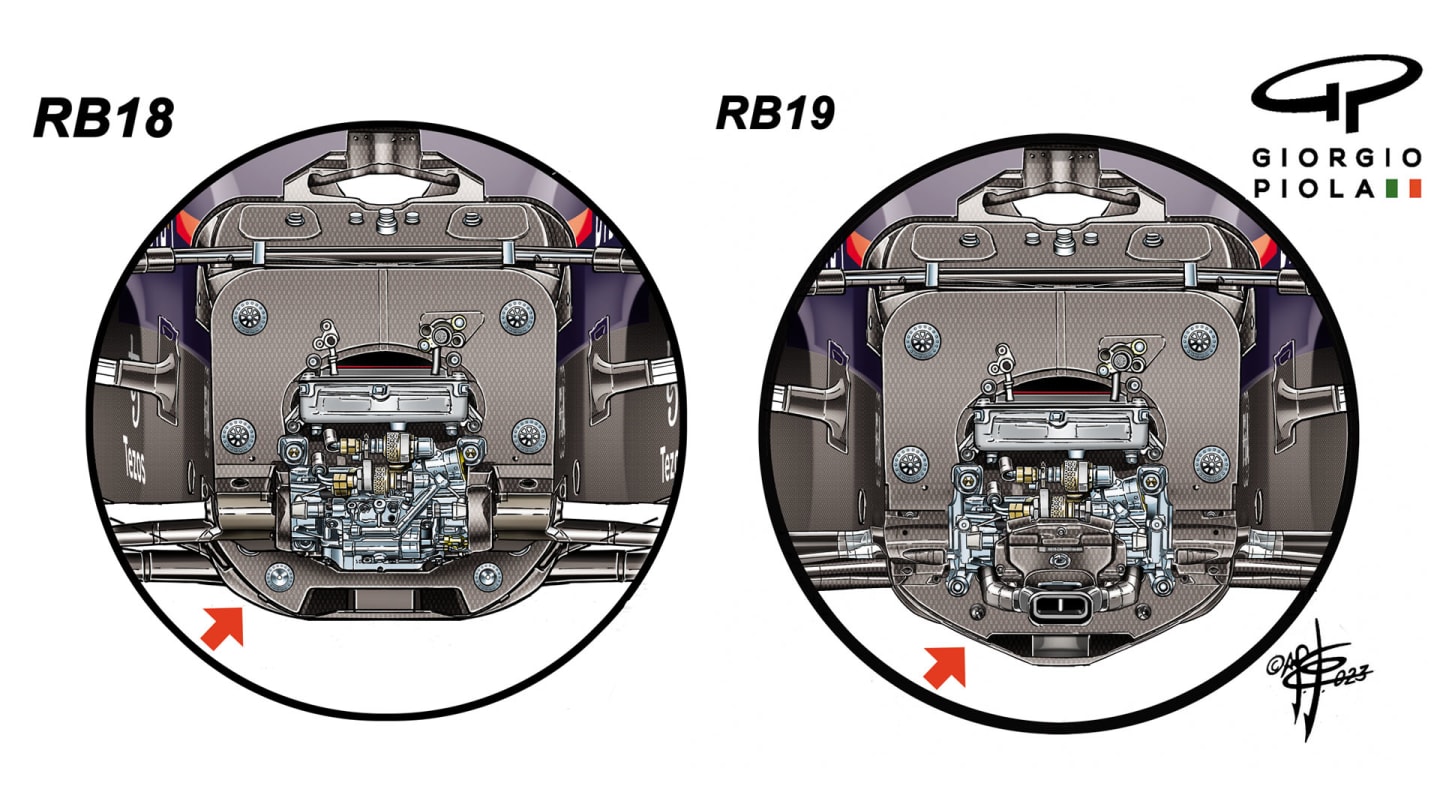
The square-edged and flat section of last year’s chassis (left) in contrast to the vee-shaped chassis of the current RB19
As we discussed last week, much of the cooling system has been re-sited higher up in the car this year and this has also facilitated the desired shaping of the tunnels. The aerodynamic gain from this will have been adjudged to be worth the increase in centre of gravity height. We can now see that this re-packaging has been made possible by the totally re-shaped chassis.
Looking at the chassis of Red Bull’s rivals, they all have a low, square-cut shape similar to that of last year’s RB18. Red Bull’s rethink around chassis shape and packaging in order to squeeze more space in which to fashion the underfloor tunnels may well have been a key reason why, even with what was already the fastest car, the team have made bigger gains year-on-year than some of their immediate rivals.
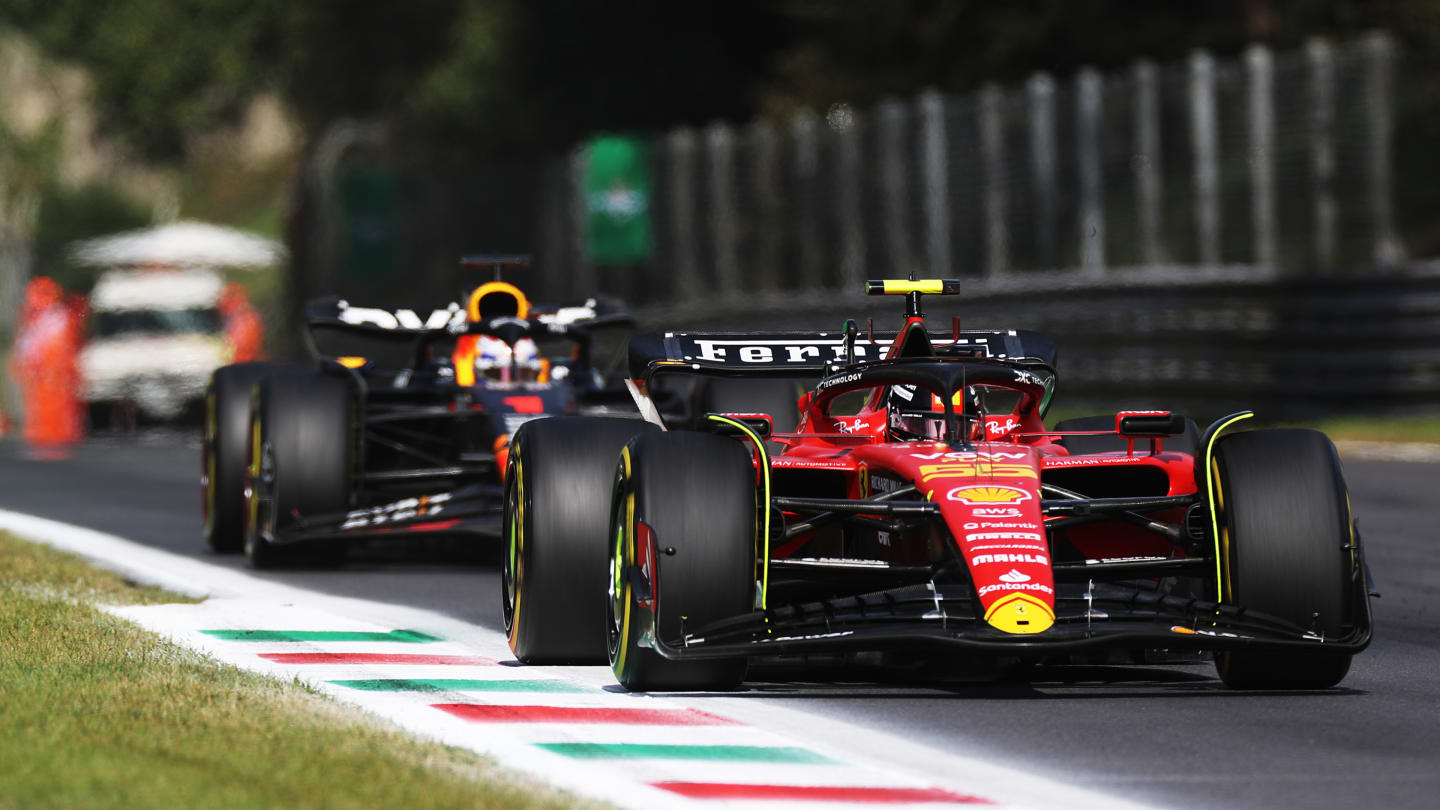
Red Bull have improved by 0.503s on average relative to 2022, compared to Ferrari’s 0.311s average gain
In the six tracks at which a direct comparison can be made (taking out those with corner changes and wet weather) the Red Bull has averaged 0.503s faster than its predecessor. Their closest rivals from 2022, Ferrari, have improved by an average of 0.311s.
TECH TUESDAY: The best car, best upgrade and biggest disappointment of 2023 so far
Although the Mercedes has improved by 0.722s on those tracks, that has still left it trailing a significant way behind.
Red Bull has taken what was already a dominant car and made it more so – and this reshaped chassis looks to be at the very heart of that.
Click here for more in-depth technical analysis from Mark Hughes and Giorgio Piola
YOU MIGHT ALSO LIKE
Feature PALMER: What went wrong for Lando Norris during his ‘messy’ Bahrain Grand Prix weekend?
News Stroll calls Bahrain a ‘tough weekend’ for Aston Martin as Alonso admits he 'didn't have the pace'
News Antonelli left ‘confused’ by Bahrain strategy calls as three-stop strategy sees rookie miss out on points
News ‘I could have done better’ – Tsunoda reflects on scoring maiden points for second Red Bull car in 2025 after P9 in Bahrain
